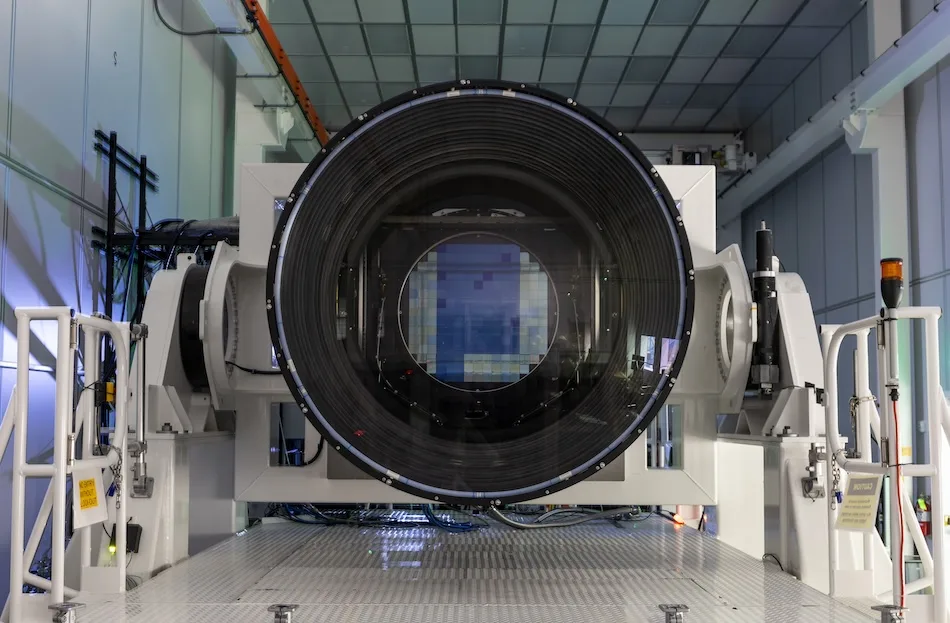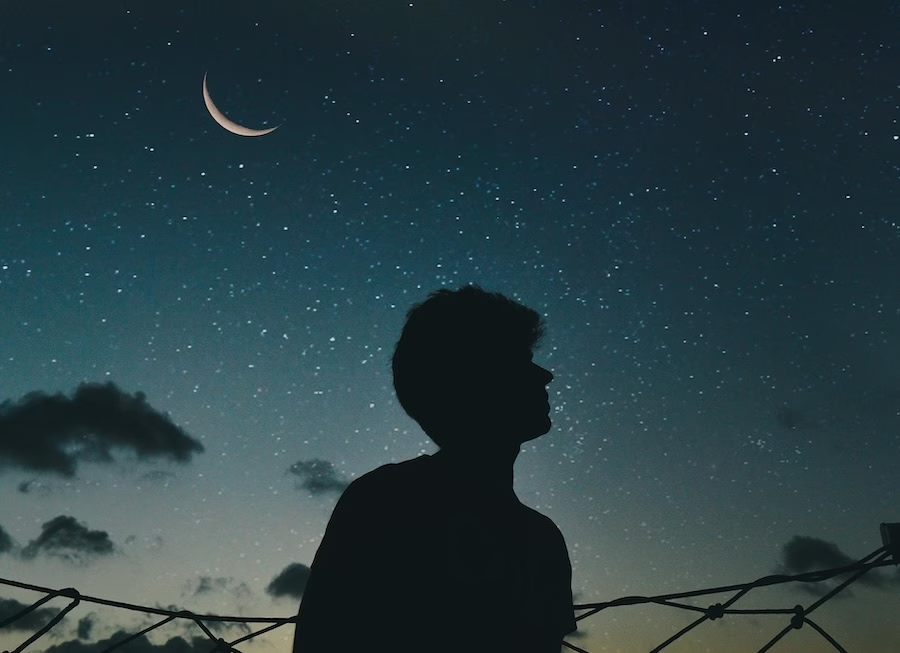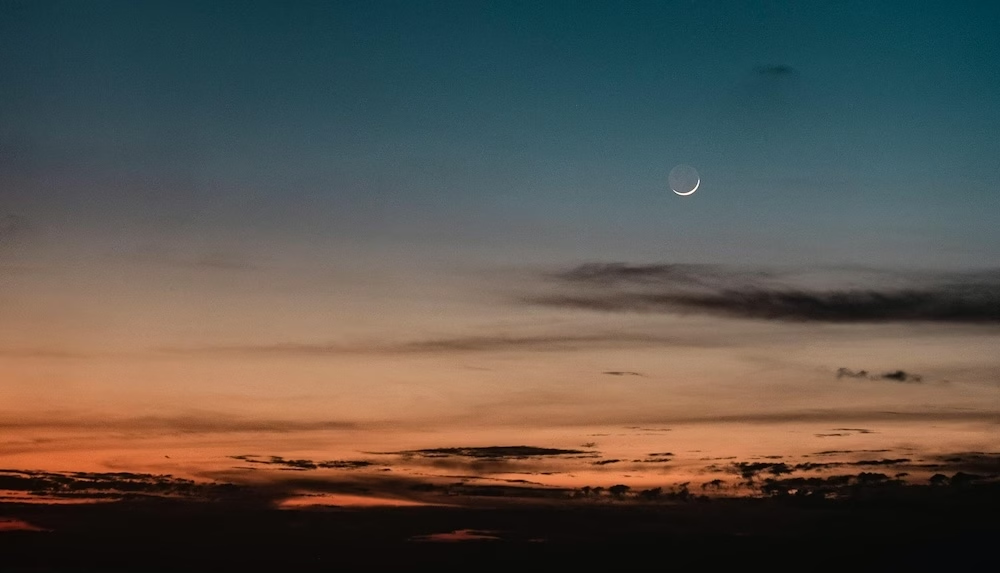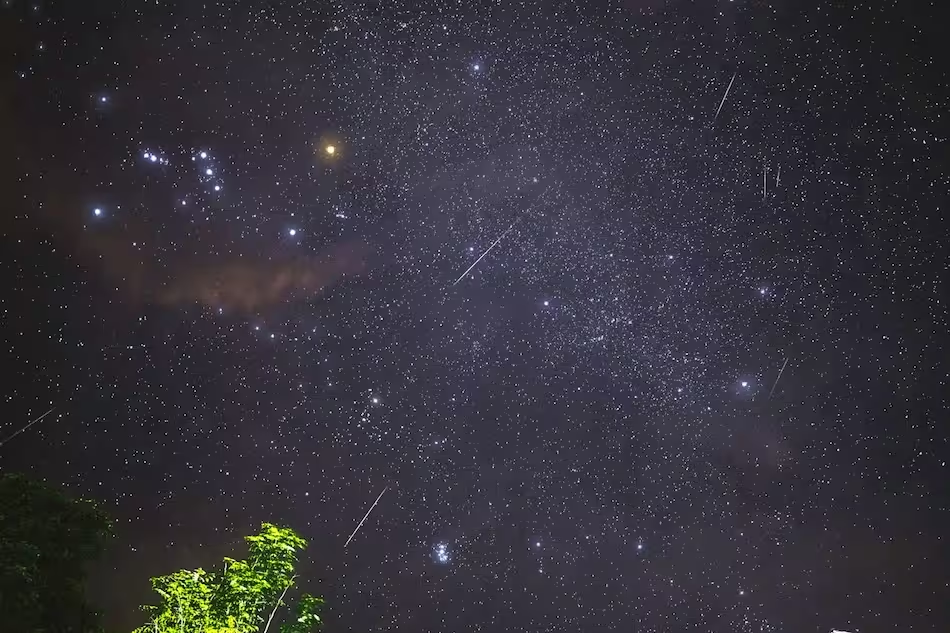Brookhaven National Lab has contributed to the construction of the largest digital camera ever constructed for astronomy, one that will be placed atop a telescope in Chile, helping scientists to better understand dark matter, dark energy and other mysteries of our universe.
For BNL’s part, engineers here designed and constructed one of the most critical components of the camera: the digital sensor array.
“Photographing five billion galaxies spinning in the farthest reaches of space demands powerful, ultra-sensitive, and utterly unique digital ‘film,’” says BNL on its website. “The same technology used in consumer digital cameras, sensors that convert visible light into electric signals, must be expanded and enhanced to capture near-ultraviolet and infrared light as well.”

Developing these sensors, which provide more than three gigapixels of resolution, was a unique challenge and opportunity for Brookhaven’s Instrumentation and Super Conducting Magnet Divisions, as well as the Physics Department.
The humongous digital camera is for the Rubin Observatory Legacy Survey of Space and Time (LSST), an astronomical survey based in Chile designed to image the entire visible southern sky. Based on the data collected from LSST and precursor studies, Brookhaven researchers will help determine the dark matter distribution in the universe and the nature of dark energy.

“With the completion of the unique LSST Camera at SLAC and its imminent integration with the rest of Rubin Observatory systems in Chile, we will soon start producing the greatest movie of all time and the most informative map of the night sky ever assembled,” said Director of Rubin Observatory Construction and University of Washington professor Željko Ivezic in a statement.
The camera is 3,200-megapixel. In comparison, average consumer DSLR cameras come with 15 to 16 megapixels.
The camera’s resolution is so high it would take hundreds of ultra-high-definition TVs to display just one of its images at full size, said SLAC professor and Rubin Observatory Deputy Director and Camera Program Lead Aaron Roodman.
“Its images are so detailed that it could resolve a golf ball from around 15 miles away, while covering a swath of the sky seven times wider than the full moon.,” said Roodman. “These images with billions of stars and galaxies will help unlock the secrets of the universe.”
Photo: A front view of the completed LSST Camera, showing the 3,200-megapixel focal plane within. (Jacqueline Ramseyer Orrell/SLAC National Accelerator Laboratory)
Watch the video below: Mapping the universe: 3.2 GigaPixel camera for a 10-year timelapse of the universe!
Video: SLAC National Accelerator Laboratory YouTube Page.




